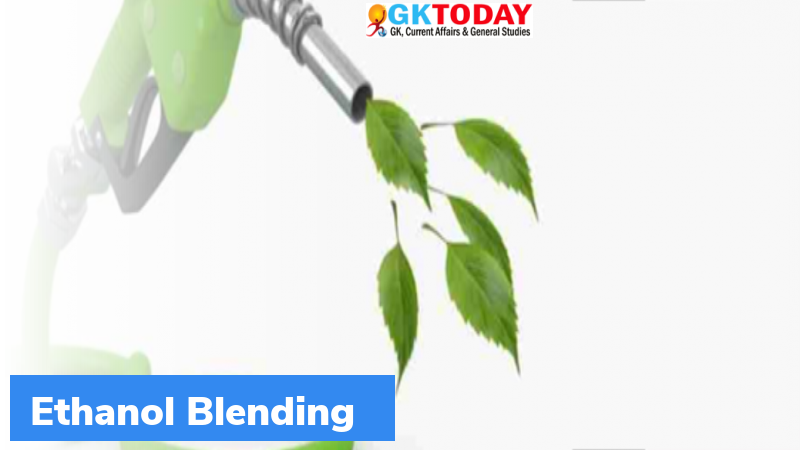IEA on India’s Ethanol Consumption
As per recent research of International Energy Agency (IEA), India is on track to become world’s third-largest ethanol market by 2026.
Key Facts
- India will only be left behind United States and Brazil by 2026, as it has accelerated the transition towards clean energy environment to become carbon neutral by 2070.
- This research came after India increased ethanol use in between 2017-2021 by three-fold, to a projected 3 billion litres.
- With this, India is set to overtake China as the world’s third-largest ethanol user by 2026.
India’s progress in Ethanol Blending
- According to IEA, India has made “huge progress” in expanding ethanol blending.
- Blending was 2 per cent in 2017. By 2021, it had reached to 8 per cent. It thus brought India on target to attain 10 percent blending in 2022.
India’s target
PM Narendra Modi noted in June that, Union Government is committed to meet the aim of 20% ethanol blending in petrol by 2025. Earlier, the targeted date was 2030. Currently, 8.5% of ethanol is blended with petrol.
IEA on India’s target
According to IEA, the target to obtain 20% ethanol blending has significant problems, including vehicle compatibility, availability of raw materials, GHG emissions & sustainability standards and incentives to remain competitive.
About Ethanol
Ethanol is one of the principal biofuels. It is naturally produced by fermentation of sugars by yeasts or through petrochemical processes like ethylene hydration.
Objectives of Ethanol Blending in India
Ethanol Blending is done with following objectives:
- Energy Security- Increased use of ethanol will help in reducing oil import bill.
- Incentives for Farmers– Oil companies procure ethanol from sugarcane farmers. Thus, it benefits them. Indian government has also planned to encourage use of water-saving crops like maize in order to produce ethanol as well as producing it from non-food feedstock.
- Impact on Emission– Use of ethanol-blended petrol will help in reducing emissions like carbon monoxide (CO), nitrogen oxides (NOx), and hydrocarbons (HC).
Month: Current Affairs - January, 2022
Category: Economy & Banking Current Affairs • Reports & Indexes Current Affairs


